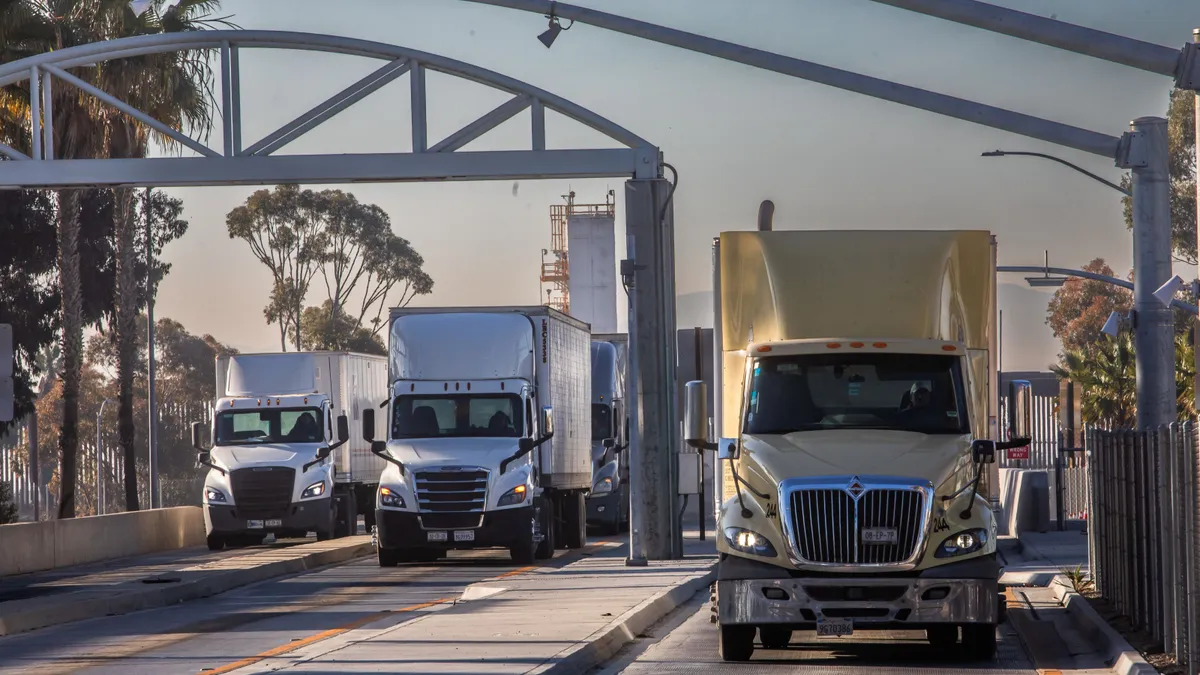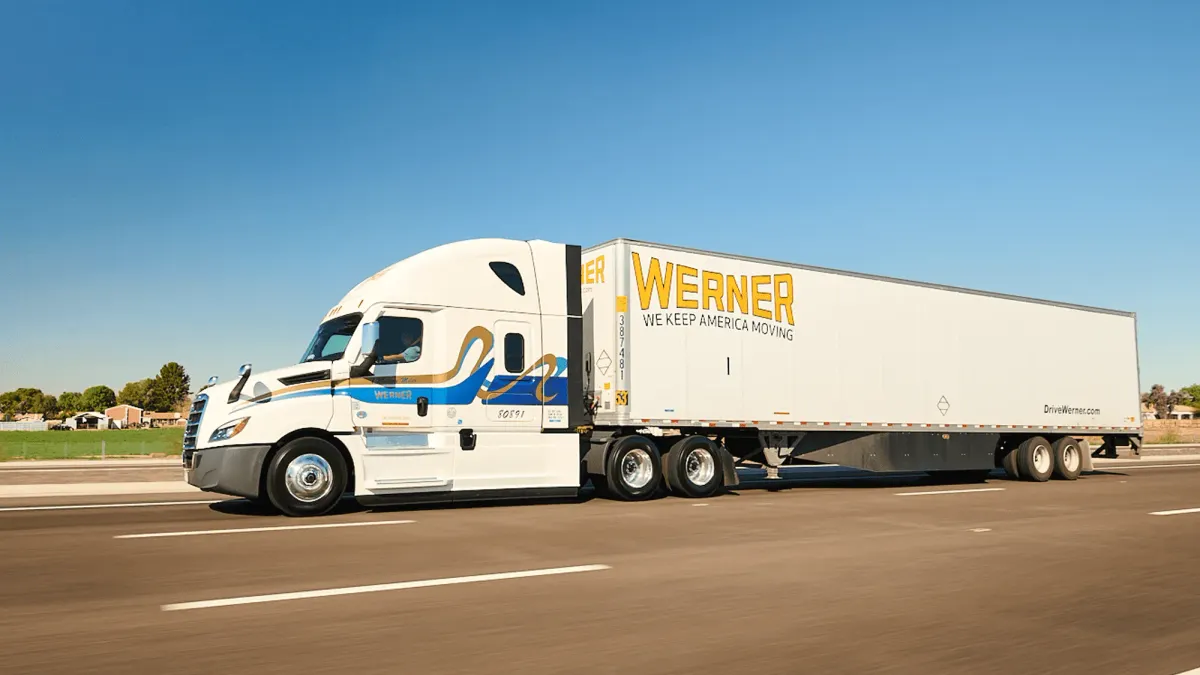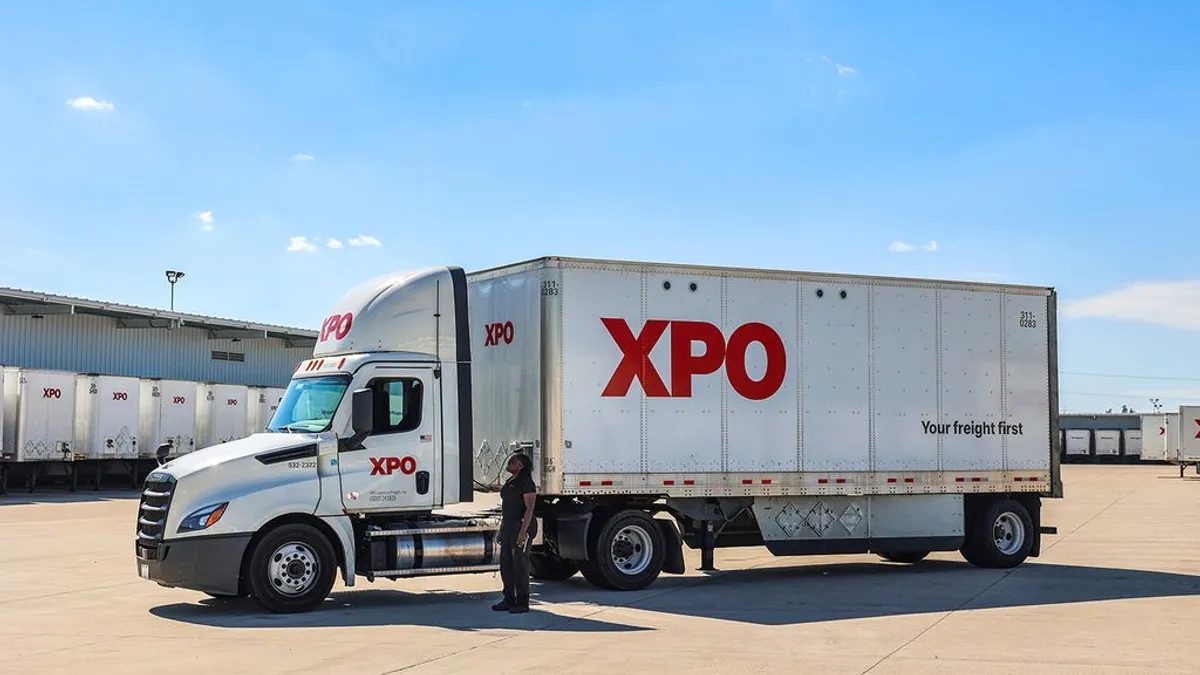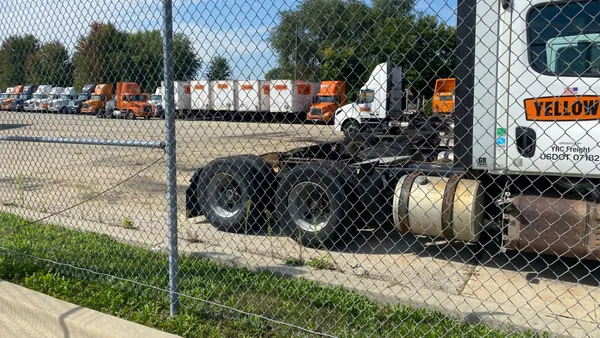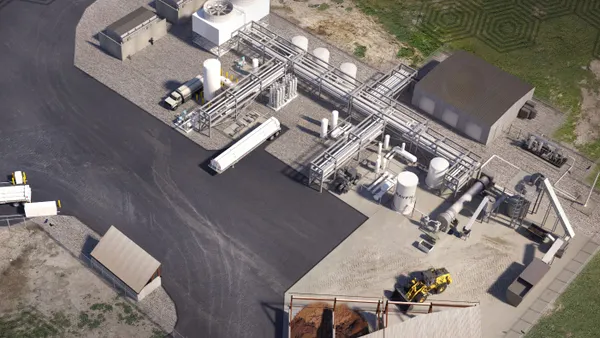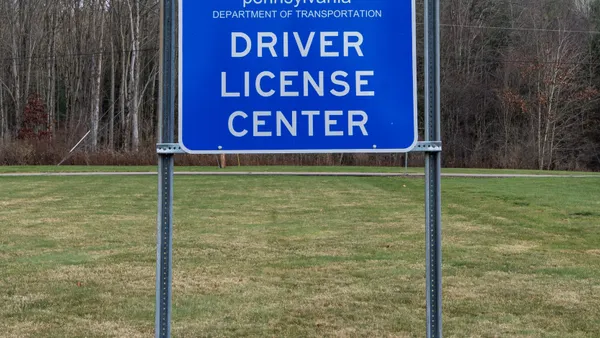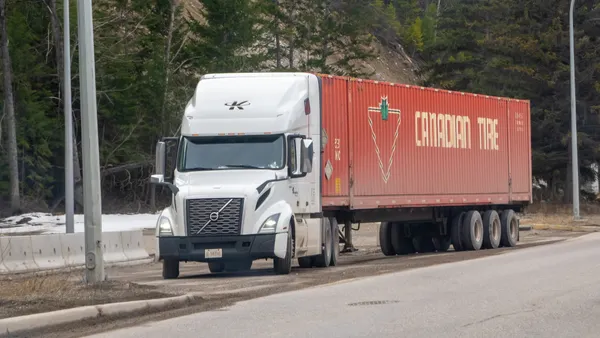The U.S. will charge new tariffs on heavy-duty trucks, medium-duty trucks and buses, starting Nov. 1, per an executive order President Donald Trump signed Friday.
Imports of medium- and heavy-duty trucks will incur a 25% duty, as will associated parts, per the order. Meanwhile, buses will face a 10% levy. The duties will not stack on previously enacted sectoral tariffs, nor country-specific levies, per a White House fact sheet.
The truck and bus tariffs will respectively apply to a broad list of Class 3 to Class 8 vehicles used in commercial and passenger transportation, such as school buses, transit buses, motor coaches, large pick-up trucks, dump trucks, cargo trucks and tractors for eighteen-wheelers. The associated parts tariffs will apply to the engines, transmissions, tires, chassis and other key parts used to assemble medium- and heavy-duty vehicles.
The White House justified the action as a national security concern, asserting in the executive order that many Class 4 to Class 8 vehicles sold in the U.S. are imports, yet such goods are essential for the movement of people and goods, including military products, in crisis scenarios.
"Beyond crisis scenarios, [medium- and heavy-duty vehicles] are indispensable to the continuity of American critical infrastructure and economic stability, moving over 70 percent of the Nation’s freight by weight, including essential goods like food, fuel, and medical supplies," the executive order reads.
However, the White House also established a path for companies to offset some of the tariffs, should products qualify for certain free trade agreements or U.S. rules of origin.
For heavy-duty trucks that qualify for United States-Mexico-Canada Agreement treatment, importers can apply for the 25% tariff to be charged only on non-U.S. content. The Commerce Department will determine which importers are eligible. The order also tasks the agency with establishing a similar process for medium-duty truck imports. In the meantime, USMCA-compliant medium-duty trucks will not be charged the new tariff.
Under the order, heavy-duty truck manufacturers who complete final assembly in the U.S. can apply to offset 3.75% of its tariff costs annually for five years, starting the day the tariffs go into effect.
Additionally, given high overlap between passenger vehicle and truck and bus supply chains, Trump also extended the period for which auto manufacturers are eligible to reduce their tariff burden to five years. For cars assembled in the U.S., such importers can receive an annual 3.75% duty cost offset until April 30, 2030. The Commerce Department must also establish a similar process for engine manufacturers for both trucks and cars, per the order.
In addition to those offset adjustments, the order gives the Commerce Department authority to reduce current 50% levies on steel and aluminum “by up to half” for companies that operate production facilities in Canada or Mexico and supply goods to U.S. car and truck manufacturers.
“Rate adjustments shall also be limited to imports of aluminum and steel that qualify for preferential tariff treatment under the USMCA and that were smelted and cast or melted and poured in Canada or Mexico,” the order says.
Friday’s order, which cements tariffs Trump promised earlier this month, came following a Section 232 investigation the White House began earlier this year. Such investigations have heralded other sector-specific levies, such as those on furniture and lumber imports.



